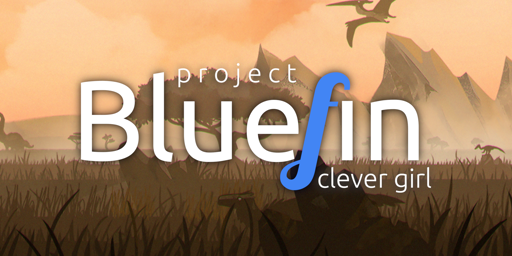

Seems like western nations are incredibly reliant on the little supercomputer in your pocket that monitors and reports all your activity, which would be concerning, but thankfully western nations believe in freedom and aren’t a totalitarian fascist authoritarian 1984 hellscape. Unlike China who will send a mobile execution squad to your home if you save a winnie the pooh jpg on your phone. In fact I think it should be illegal to not have a smartphone on you at all times, and that it should be rigged to explode if you criticize Israel, otherwise the freedom haters will win.















Bazzite KDE or Aurora. The universal blue distros are rock solid. Both use kde, update in the background and have btrfs and snapshots built in (it defaults to saving your last working config so if a problem update makes it through you can rollback easily). Flatpaks work out of the box with bazaar is a pretty good flatpak storefront (which will turn you gay), and offers a way to install programs that is similar to what someone would be familiar with in android or on an iphone.
The biggest difference between the two is Bazzite has useful gaming software installed and setup by default, and steam layered in, meaning you can’t really uninstall it, because there are a few issues with the flatpak version. Aurora you have to install the gaming related software yourself. If either of them has a flatpak installed by default you can easily uninstall them.
Sometimes an update will switch out a default app, which someone may find annoying, but it’s usually done for a good reason.
If they want to dabble in other things, distrobox and podman/docker are set up and ready to use by default, making it trivial to start using them.
I’ve been running the gnome based ublue, bluefin, and it’s been great and incredibly stable. I would have no hesitation installing it for someone new to linux.